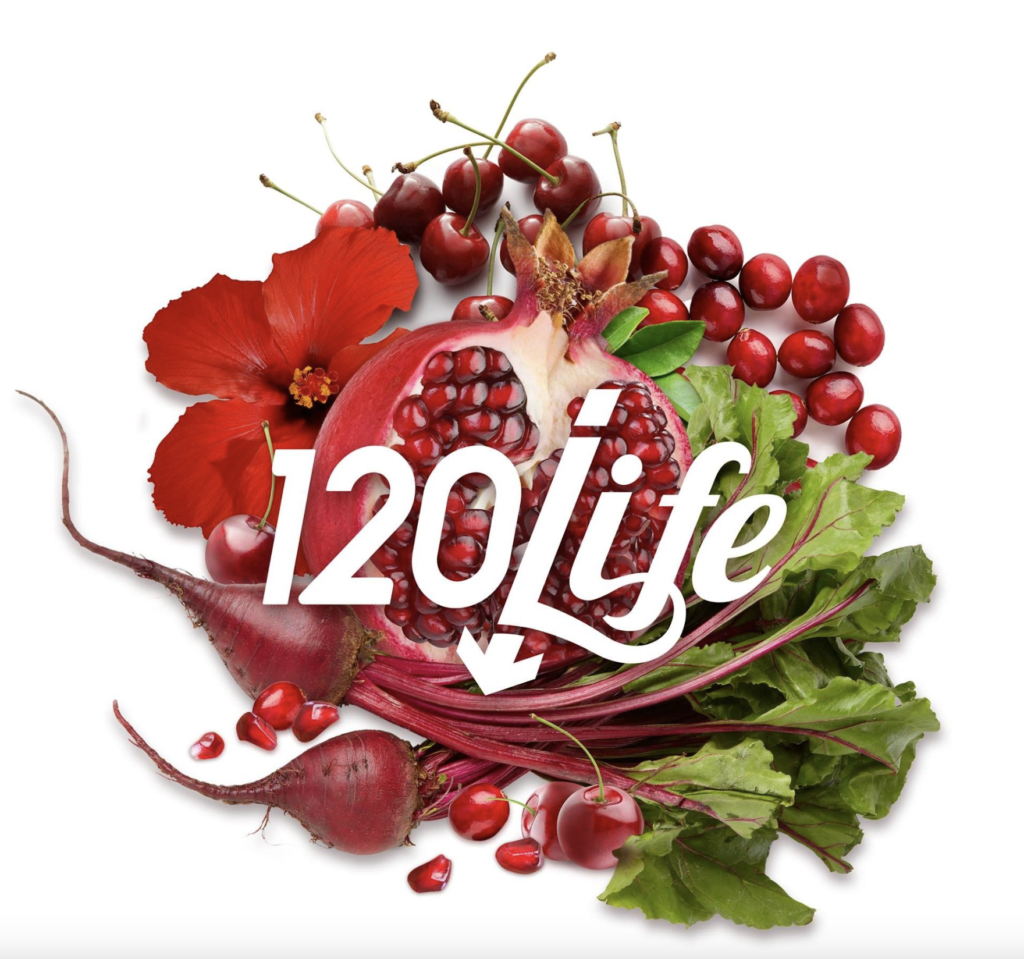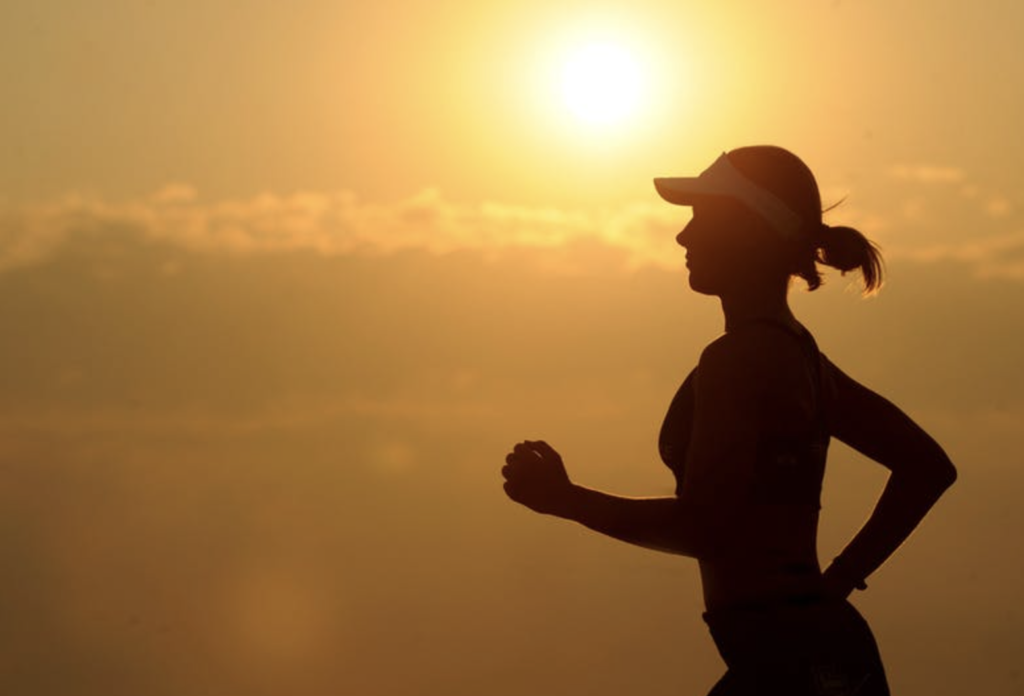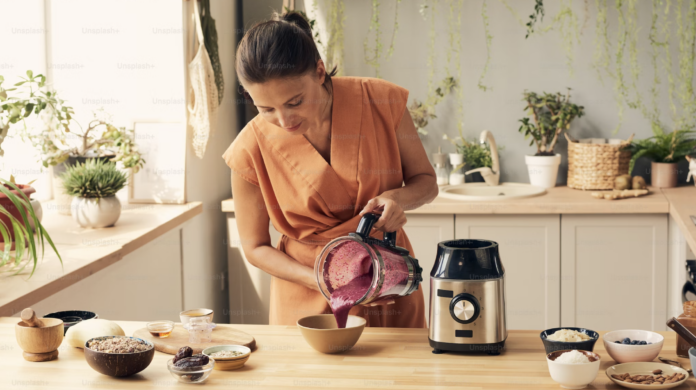High blood pressure has a new option. Music Producer Ira Antelis created 120/Life to Help Us All Be Healthier
Have high blood pressure? Over 100 million people do. Music Producer Ira Antelis wanted to do something about it, so he created 120/Life to help himself and others become healthier.
“Your blood pressure’s sky high,” founder Ira Antelis ’s doctor told him. “Get it down in 3 weeks, or it’s surgery.” So Ira went started changing his lifestyle. But also, investigating health.
It turns out, there’s answers out there. And he wanted to know more.
Today I sat down with 120/Life’s Ira Antelis for a conversation about music, creativity, getting healthy and Ira’s inspiring message about following your passion and inspirations.
The conversation has been edited for length and clarity. The full conversation can be found on our YouTube channel.
So as we just jump right in, Ira, can you give us a little background on you? What did do for a living before 120 life?
Sure. Most of my life has been writing and producing music. A lot of television commercials. The famous one is a Michael Jordan like Mike if I could be like Mike, which was just in the close the closing credits of the “Air” movie, and 30 years later.
Songs from McDonald’s for Disney, artists like Christina Aguilera, Regina Bell, Patti LaBelle, have recorded or sung my music.
The concept of how I got from there to a blood pressure drink is always like mind boggling to many, and including me, because it’s a path I never would have thought would have arisen to be honest, and it came out of a health issue, and it’s funny because you relate to blood pressure and music. There is a relationship because in music, you put things together. So let’s say I create a piece of music on the piano and say, okay, great. So now I’m going to get a, I wrote the music, I’m going to get… The bass player, I’m going to get the drums, I’m going to get the violins, and then I’m going to put it all together. And I’ve been doing that for many years, it’s like putting ingredients together. And a health issue my blood pressure had risen really high, dangerously high. And then we’re like you have to get this fixed.

If not, we’re going to have to do surgery. Because over time, the first thing anybody I think would do is say what if you have high blood pressure. What do you do? What do you eat? What do you drink? And when it came to the drinks, I kept reading about these things that they all have studies.
I was like, wait a minute. Pomegranate juice, I’m reading the studies. You drink it for six weeks. And one day it just struck me. If I take all of these ingredients, I think it’s like mixing a piece of music and putting them all together. I just knew in my mind they would work because I think the music related to the blood pressure and that’s how it all began.
You literally almost produced a beverage in the same way you produce music.
You brought in several elements together, let’s say drums, a guitar, a vocalist, all the elements of a band. You thought of it like that, but you found these superfood ingredients and said, gosh, these ingredients could all work together.
Yes, that’s 100% correct. Now what I was doing is that I think like I’m going to produce this drink like I’m producing music. No, but I’ve had a recording studio for 30 years of my life and I’m making music every day of my life.
It’s just secondhand nature to do things in combinations for me. So when I thought about it later on, I’m like, Oh yeah, that’s why it works. I saw the ingredients, they look the same. I knew I can mix them together. Just from my process of music. I think that’s what happened.
If you’re doing the music every day, do you think you use creativity to solve a health concern?
Yeah, I think on some level that’s what happened. I was looking at things and I saw it, but in a way maybe nobody else saw it. And I think when you’re a creative person, then that tends to be the, where you go first on some level. I’m always thinking of things from a creative standpoint.
Is there a life lesson at all in here for people, using creativity and trial and error and the confidence to try new things.
Yeah, it’s funny because I did this music project with music from the Holocaust. And we, I wrote the Carnegie Hall and we sold it out, beyond the most successful thing in my life. And I was sent to somebody, if I had to write a book about my life, I would title the book, “Everybody Says No”. And I think that’s the way, the mission of my life don’t ever let anybody stop your ideas. Ever.
If you are passionate about anything, go figure out a way to do it. And I think it’s a life lesson about creativity. What it is, go do it.
So from a step by step process, you have a doctor’s meeting, you’re told you have a health concern, can you just walk us through what those next steps were?
So the first thing somebody tells you, you have extremely high blood pressure. It has to come down. And most of the people I’ve ever met would say we know what high blood pressure can do.
But my question was not that. My question is what is causing the high blood pressure? What is it? My dad was a pharmacist; he knew about strokes and heart attacks. I was trying to figure out what it is and how do you stop it?
And the truth is even though the doctor is a friend of mine that they will basically go figure it out.
First thing I learned is to cut your salt. That was stop number one. Most studies show if you cut your salt, it will lower your blood. I’m just doing everything I can do, even taking medication. I’m going on a salt free diet for three weeks. So you have fruit, vegetables, but not just salt. Every cookie that has sodium, I’m not eating.

That was like step number one.
Then I’m Googling what are the best foods to eat? What are the best things to drink? And that began the process. Reading about these did lower my blood pressure to the point where they didn’t have to operate.
But you get stuck or passionate about some things. So every day I’m on the computer, looking up drinks for high blood pressure. Many of the same things come up, beet juice or beet powder, lowers your blood pressure. Hibiscus tea lowers your blood pressure. Pomegranate juice
I’m reading the studies. Then one day It just dawned on me. Wait a minute if all of these lower your blood pressure a little bit. Together, maybe it will lower it a lot.
I figured, somebody had done it. Not only was that not there. Even to this day, there was nothing there. Zero.
There’s 110 million people that have high blood pressure. And there’s nothing, there is not a drink out there with these ingredients.
Yeah. But that began the journey.
So on this journey you had different levels of support. You have a nutritionist in your life, Susan Schachter, talk about her involvement
So as I’m making this drink, [I’m thinking] what’s the best way for people to try it? So I kept thinking, okay, I’m going to make these jugs that contain 112 ounces. And I would give it to people that I knew had high blood pressure and say try it for two weeks. I’m doing that because one of the people I gave it to is my cousin who at the time was the sole distributor for Keurig the coffee machines and the K cups. I’m thinking okay I need to get him to distribute this drink.

So I gave it to him and said look if your blood pressure lowers from this drink, you got to promise me you’ll distribute it. He said, ‘Okay’, because he’s very skeptical and he thought there’s no way.
And sure enough, his blood pressure lowered 30 or 40 points. He said, ‘Okay, I’ll distribute it. But, what do you know about this stuff?’
My childhood friend Susan Schachter has a Master’s in nutrition. I sent her the drink. She made some tweaks and that’s how I got her involved.
Can we go through all six natural ingredients?
Let me start with beets; the superfood for athletes so I knew I was going to have beets in my drink.
Hibiscus tea has been around for years and have said a multitude of studies. even in the Middle East about lowering your blood pressure. I think some of the qualities are in medical terms that can act like an ACE inhibitor.
The third ingredient is pomegranate juice. It can act as a beta blocker. It has a lot of antioxidants. So I think those three were the really big things in the drink.
Susan added magnesium and potassium. It relaxes your blood vessels.
Through the studies, I was reading about cranberry juice and tart cherry juice, which has been used for recovery for athletes for soreness of muscles.
I enjoyed the taste. I’m always worried health products will “taste like science” Your drink doesn’t. What does it taste like to you and how do you recommend drinking it?
The most important thing is it can probably really help you. Some people really like how it tastes.
I say mix it with cranberry juice or put it in your smoothie, especially now we have a powder. So there are different options. I think the point is that high blood pressure is not something to mess around with. Too many bad things could happen.
Is there anything that you want to talk about?
We’re in a society where people age out, we become disposable after a certain age in so many industries, so I’m inspired by my own story, 60 years old rather than retiring or doing something I had the wherewithal to say, I’m going to do this, it’s never too late in life if you want to do things.
And I think that’s a message for a lot of people. Most people do not start a business at 60. But my thought is like, you have this passion, you have this dream, go for it. I’m very thrilled to just be a part of it. I let my CEO run it.
The second thing is that I, we always say to people, Susan always says, know your numbers. Be responsible with your health. Drink 120 life. Pomegranate juice. Beet juice, Hibiscus tea, Cut your salt. That’s my message.
Please tell us how can we help you. Please tell us how to find your website and where to browse your products
Ira: If you want to try 120 life, www.120life.com
If you want to try it for two weeks, purchase it. But if you’re unhappy for any reason, money back guaranteed.
So thank you so much for your time. Thank you for discovering this health idea.
Thank you. You have a great day.





Can you be more specific about the content of your article? After reading it, I still have some doubts. Hope you can help me. https://accounts.binance.com/cs/register?ref=S5H7X3LP
[…] Organic: Ensuring Purity and Transparency in Wellness Ingestibles. In the health and wellness landscape, organic certifications are often seen as the hallmark of quality. However, […]